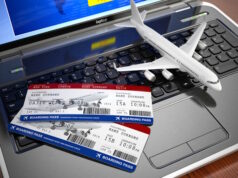
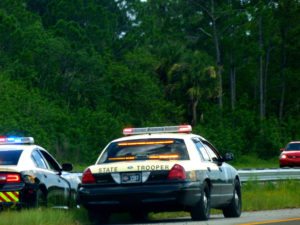
Unfortunately, they are.
It turns out that you forgot to renew your vehicle registration. It was just an innocent mistake. But how did the police officer know this? Most likely because it was through an automated license plate reader.
What Are Automated License Plate Readers?
An automated license plate reader is a technology that relies on optical character recognition on images to read vehicle registration plates. This then creates vehicle location data.

Instead of waiting for a traffic violation and logging in all of the driver’s information, this basically automates the process because police can “identify and record the locations of vehicles in real time and also identify where those vehicles have been in the past.”
Believe it or not, this technology has been around for decades. In fact, it was invented in 1976 in the UK by the Home Office Scientific Development Branch.
Today, it goes by several names, including:
- Automatic number-plate recognition (ANPR)
- Automatic (or automated) license-plate recognition (ALPR)
- Automatic (or automated) license-plate reader (ALPR)
- Automatic vehicle identification (AVI)
- Car-plate recognition (CPR)
- License-plate recognition (LPR)
- Lecture automatique de plaques d’immatriculation (LAPI)
- Mobile license-plate reader (MLPR)
- Vehicle license-plate recognition (VLPR)
- Vehicle recognition identification (VRI)
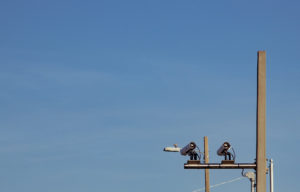
- Stationary ALPR cameras. These are cameras placed in a fixed location, such as traffic lights and telephone poles. In Paradise Valley, Arizona ALPRs are disguised as cacti.
- Semi-stationary ALPR cameras. An example of these would be a stationary camera on a truck trailer so that it can be moved to different locations.
- Mobile ALPR cameras. These are ALPRs mounted on police cruisers.
- ALPR databases. If a local law enforcement department does not have their own ALPRs, they can use a private third party. They then share this data to law enforcement through a subscription.
How Are Automated License Plate Readers Being Implemented?
As noted in a piece for The Atlantic, “Police say the readers allow them to automate the important but cumbersome process of taking down license plates and checking them against law-enforcement databases.” There are even claims that a license-plate reader system is able to capture 1,800 license plates a minute during the day or night, across four lanes of traffic, and at speeds up to 150 miles per hour. This can alert officers “within milliseconds” if a plate is suspect.
IEEE Spectrum states that having this type of automated system means that just one office can do the job of several. For instance, in Montgomery County, Maryland, one officer scanned “48,000 vehicles in 96-hour periods across 27 days, enabling the officer to issue 255 traffic citations, identify 26 drivers with suspended licenses, catch 16 vehicle-emissions violators, find four stolen vehicles, and identify one expired license plate.”
But this technology is being used for more than identifying drivers who have not renewed their registration. They’re also being used to fight crime.
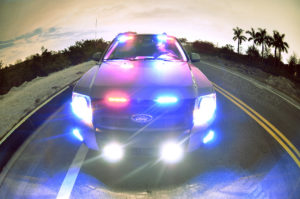
In Texas, ALPR is being used by law enforcement to create lists of those with overdue court fees. Other locations are using ALPRs on toll roads and bridges to make it more convenient to bill drivers. And ALPRs can be used for facial recognition so that it can determine if someone in a carpool lane is actually a person.
However, there are privacy concerns.
“The implementation of automatic license plate readers poses serious privacy and other civil liberties threats. More and more cameras, longer retention periods, and widespread sharing allow law enforcement agents to assemble the individual puzzle pieces of where we have been over time into a single, high-resolution image of our lives,” the ACLU wrote in its report on license plate readers.
Furthermore, twelve states have passed legislation regulating the use of license plate readers.
Is There a Way Around Automated License Plate Readers?
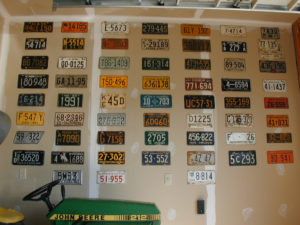
This means not only obeying the law, it also means renewing your vehicle’s registration before it expires. This way when your plate is scanned, it will come back clean.
To ensure that you renew your registration on time, make a note of when it’s due. In most states, it’s the same time every year. However, you will receive a reminder in the mail at least one month in advance. Once you receive the reminder, renew your registration as soon as possible either by mail, visiting your local DMV branch, or online.





